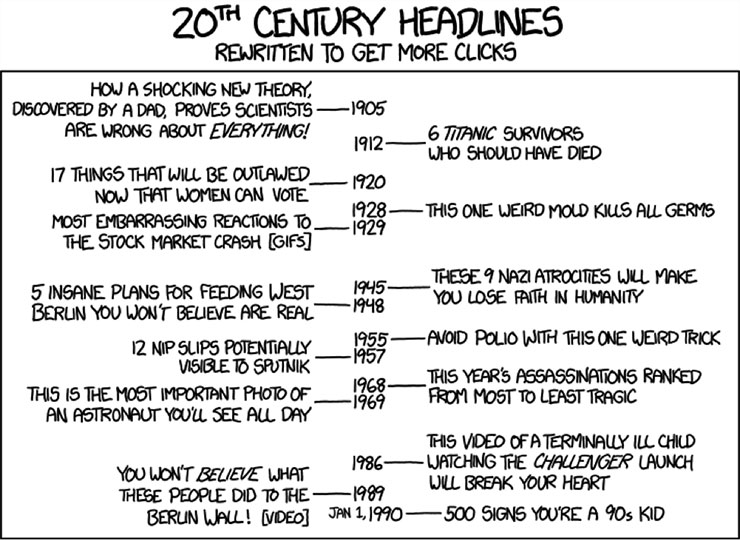
No system is perfect, and that includes the social media platforms of today. Inevitable loopholes within these systems allow for the execution of exploitative strategies, as marketers think of tricks to entice viewers to click-through to boost their metrics. These dubious practices have been rampant, considering that each click brings in revenue for the company.
In other cases, the marketing tactics do not abuse the system, but are simply inappropriate, causing irreversible damage to the company’s reputation and brand name.

1. Faux Videos
Video content typically garners better responses than static content. Sneaky marketers have thus devised a way to integrate slight moving shadows onto static images to pass them off as videos. This grants the static image to leverage on the reach advantage previously exclusive to legitimate videos.
From a thumbnail, it is not easy to differentiate a real video from a faux one. As such, the chances of viewers clicking on the play button in anticipation of a video is high. Each click counts as a form of engagement, leading to higher engagement rates for such faux videos, and hence greater reach on the social media platforms. Moreover, with the increase in video consumption on Facebook, such videos can be easily propelled to popularity despite not playing by the rules.
Paradoxically, the success of such trickery in bringing in view would raise Facebook’s awareness about it. This brings about short-term benefits that ultimately do not pay off well in the end.
Facebook’s newest adjustment in the News Feed algorithm will identify such faux videos and limit their reach on its platform. It’s ‘motion scoring’ system, which effectively detects movement in videos to determine the legitimacy of files uploaded as videos. This filtering effect would hence downgrade the ranking of such faux videos.

2. “Live” Webcasts
These refer to static images or recorded videos in the guise of live webcasts. Usually, these webcasts are easily differentiated, due to the lack of interaction between the uploader and viewers.
Similar to its treatment of faux videos, the upgraded News Feed algorithm will be able to detect reaction surveys posted as live videos and similarly restrict their reach.

Photo Credit: https://www.jeremysaid.com/blog/psychology-behind-clickbait-titles/
3. Outrageous Click Bait headlines
These headlines are often misleading, distracting or salacious. A good title has a creative way of framing a banal story. A bad title sets up an expectation, only to let its audience down with irrelevant and often poorly written content.
The consequences of improper click bait headings have far-reaching consequences. For one, it leaves a bad taste in the viewers’ mouth. Secondly, it reflects the company as unprofessional. It’s inability to deliver in terms of crafting congruent titles and content may cast doubts on its aptitude in delivering upon its promise.
In comparison with dishonest advertising plans, strategies that possess both legitimacy and creativity undoubtedly require more time and effort in devising. However, the pay off would be tremendous and sustainable. Every article of quality content made available to your audience speaks volumes about the value of your company.